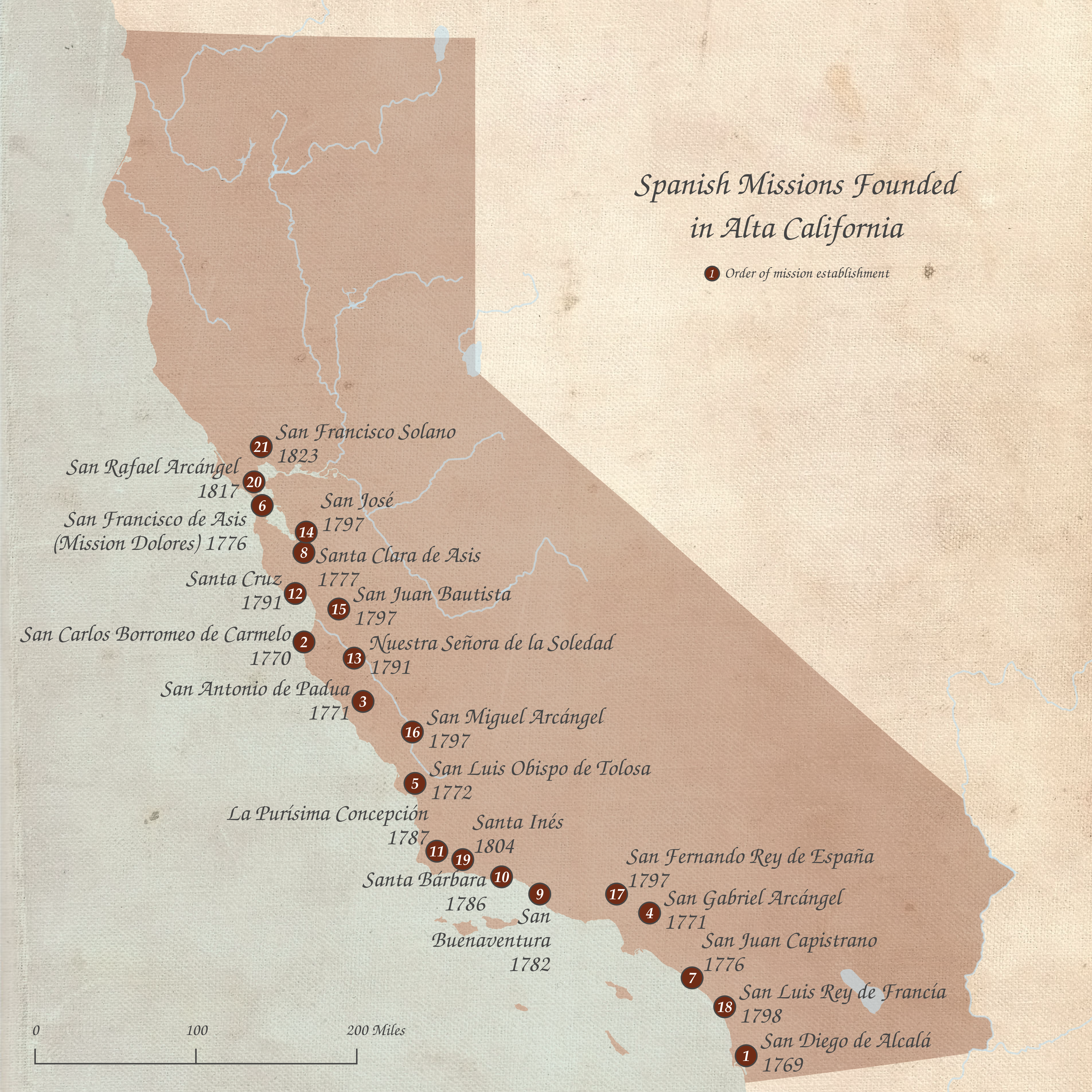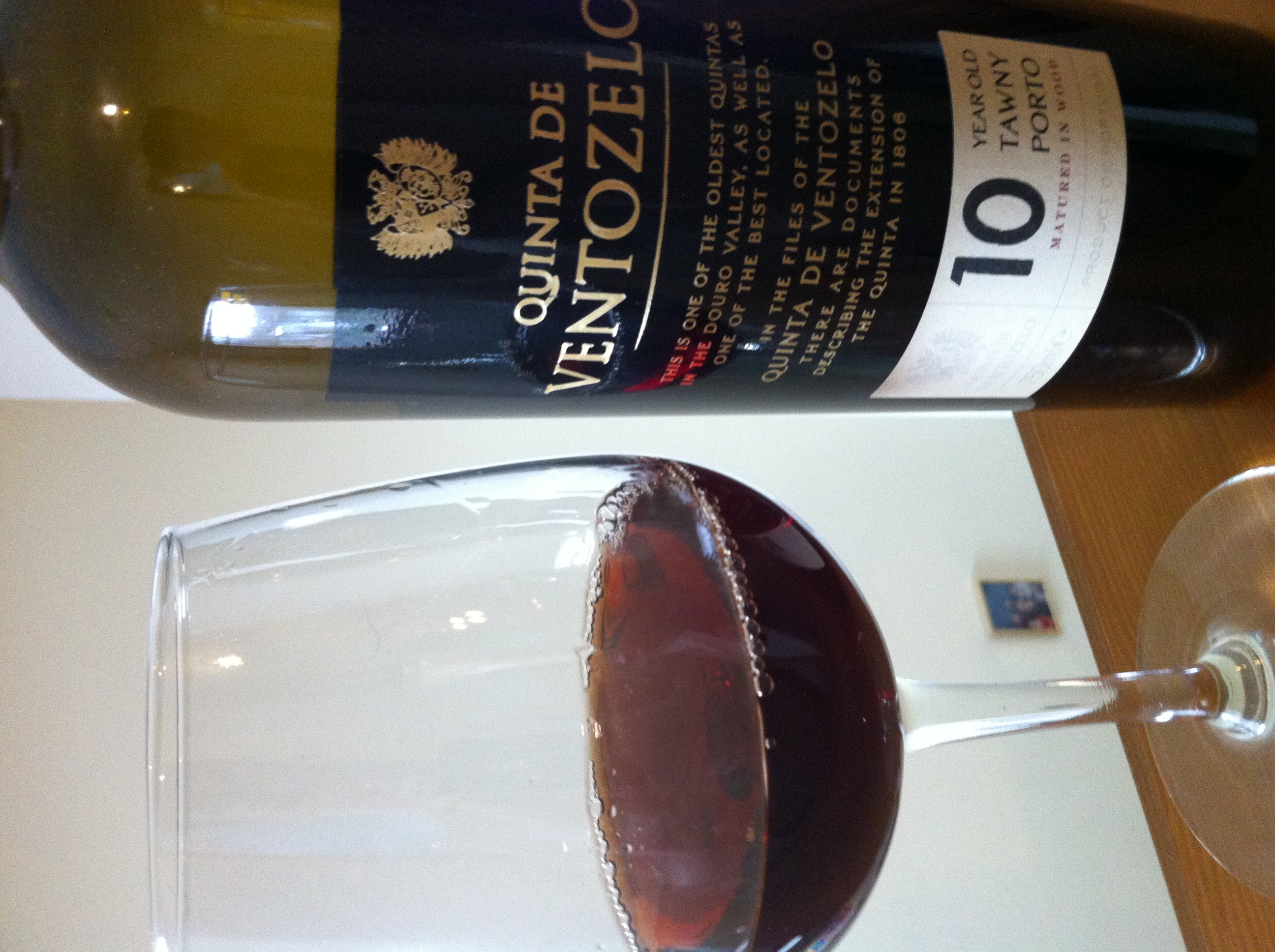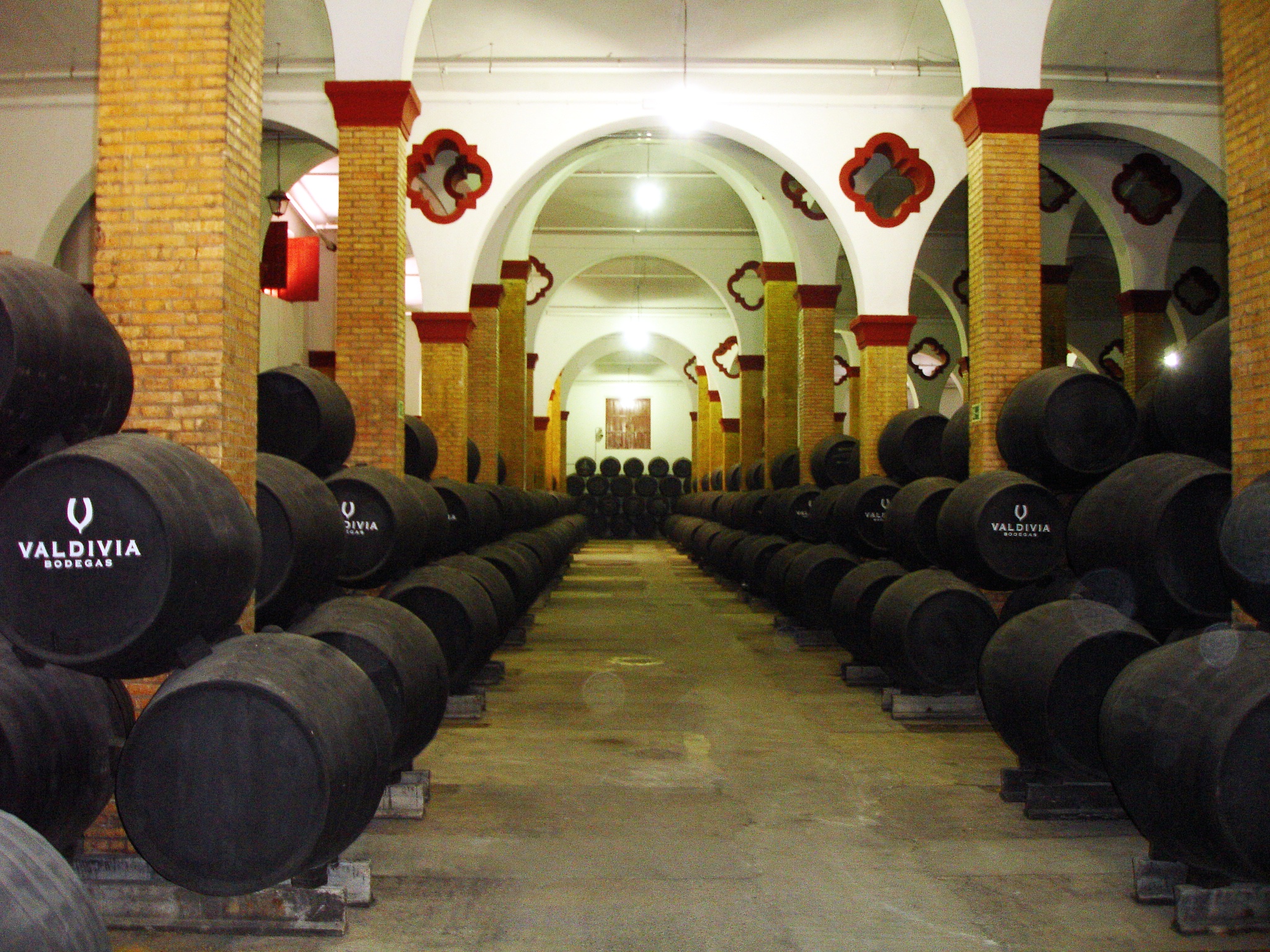|
Angelica Wine
Angelica wine is a historic sweet fortified wine usually from California made typically from the Mission grape. It is often served as a dessert wine. Some varieties consist of the unfermented grape juice fortified with brandy or clear spirit immediately after pressing. Others are made like port, where the only partially fermented wine, still retaining a large amount of sugar, is infused with brandy. The relatively high alcohol of the brandy arrests the fermentation, leaving a fortified wine high in alcohol and high in residual sugar (usually about 10 to 15%). It is typically made from 50% Mission wine and 50% Mission brandy. Angelica dates to the Mission period in California and its name is thought to be taken from the city of Los Angeles. It was produced by the Franciscan The Franciscans are a group of related organizations in the Catholic Church, founded or inspired by the Italian saint Francis of Assisi. They include three independent Religious institute, religious orde ... [...More Info...] [...Related Items...] OR: [Wikipedia] [Google] [Baidu] |
Sweet
Sweetness is a basic taste most commonly perceived when eating foods rich in sugars. Sweet tastes are generally regarded as pleasurable. In addition to sugars like sucrose, many other chemical compounds are sweet, including aldehydes, ketones, and sugar alcohols. Some are sweet at very low concentrations, allowing their use as non-caloric sugar substitutes. Such non-sugar sweeteners include saccharin, aspartame, sucralose and stevia. Other compounds, such as miraculin, may alter perception of sweetness itself. The perceived intensity of sugars and high-potency sweeteners, such as aspartame and neohesperidin dihydrochalcone, are heritable, with gene effect accounting for approximately 30% of the variation. The chemosensory basis for detecting sweetness, which varies between both individuals and species, has only begun to be understood since the late 20th century. One theoretical model of sweetness is the multipoint attachment theory, which involves multiple binding sites be ... [...More Info...] [...Related Items...] OR: [Wikipedia] [Google] [Baidu] |
Wine
Wine is an alcoholic drink made from Fermentation in winemaking, fermented fruit. Yeast in winemaking, Yeast consumes the sugar in the fruit and converts it to ethanol and carbon dioxide, releasing heat in the process. Wine is most often made from grapes, and the term "wine" generally refers to grape wine when used without any qualification. Even so, wine can be made fruit wine, from a variety of fruit crops, including plum, cherry, pomegranate, blueberry, Ribes, currant, and Sambucus, elderberry. Different varieties of grapes and Strain (biology), strains of yeasts are major factors in different styles of wine. These differences result from the complex interactions between the Biochemistry, biochemical development of the grape, the reactions involved in fermentation, the grape's growing environment (terroir), and the wine production process. Many countries enact legal appellations intended to define styles and qualities of wine. These typically restrict the geographical origin ... [...More Info...] [...Related Items...] OR: [Wikipedia] [Google] [Baidu] |
Fortified Wine
Fortified wine is a wine to which a distilled spirit, usually brandy, has been added. In the course of some centuries, winemakers have developed many different styles of fortified wine, including port, sherry, madeira, Marsala, Commandaria wine, and the aromatised wine vermouth. Production One reason for fortifying wine was to preserve it, since ethanol is also a natural antiseptic. Even though other preservation methods now exist, fortification continues to be used because the process can add distinct flavors to the finished product. Although grape brandy is most commonly added to produce fortified wines, the additional alcohol may also be neutral spirit that has been made from grapes, grain, sugar beets or sugarcane. Regional appellation laws may dictate the types of spirit that are permitted for fortification. For example, in the U.S. only spirits made from the same fruit as the wine may be added. The source of the additional alcohol and the method of its disti ... [...More Info...] [...Related Items...] OR: [Wikipedia] [Google] [Baidu] |
California Wine
California wine production has a rich viticulture history since 1680 when Spanish Jesuit missionaries planted ''Vitis vinifera'' vines native to the Mediterranean region in their established missions to produce wine for religious services. In the 1770s, Spanish missionaries continued the practice under the direction of the Father Junípero Serra who planted California's first vineyard at Mission San Juan Capistrano. Its contemporary wine production grew steadily since the end of Prohibition, but mostly known for its sweet, port-style and jug wine products. As the market favored French brands, California's table wine business grew modestly, Taber (2005), p40 but quickly gained international prominence at the Paris Wine Tasting of 1976, when renowned French oenophiles, in a blind tasting, ranked the California wines higher than the premier French labels in the Chardonnay (white) and Cabernet Sauvignon (red) categories. Taber (2005), pp216–220 The result caused a ... [...More Info...] [...Related Items...] OR: [Wikipedia] [Google] [Baidu] |
Franciscan
The Franciscans are a group of related organizations in the Catholic Church, founded or inspired by the Italian saint Francis of Assisi. They include three independent Religious institute, religious orders for men (the Order of Friars Minor being the largest contemporary male order), an order for nuns known as the Order of Saint Clare, and the Third Order of Saint Francis, a Third Order of Saint Francis#Third Order Regular, religious and Secular Franciscan Order, secular group open to male and female members. Franciscans adhere to the teachings and spiritual disciplines of the founder and of his main associates and followers, such as Clare of Assisi, Anthony of Padua, and Elizabeth of Hungary. Several smaller Franciscan spirituality in Protestantism, Protestant Franciscan orders have been established since the late 19th century as well, particularly in the Lutheranism, Lutheran and Anglicanism, Anglican traditions. Certain Franciscan communities are ecumenism, ecumenical in nat ... [...More Info...] [...Related Items...] OR: [Wikipedia] [Google] [Baidu] |
Wine Spectator
''Wine Spectator'' is an American lifestyle magazine that focuses on wine, wine culture and wine ratings. It is the flagship publication of M. Shanken Communications, which also publishes ''Cigar Aficionado'', ''Whisky Advocate'', ''Market Watch'', ''Shanken News Daily'' and ''Shanken’s Impact Newsletter''. ''Wine Spectator'' editors review more than 15,000 wines each year in blind tastings. Wines are reviewed on a 100-point scale. Every issue contains 400 to 1,000 wine reviews with detailed tasting notes and drink recommendations Each year since 1988, the publication has released its ''Top 100'' list, where editors select the most exciting wines from the thousands reviewed during the course of the year. The ''Top 100'' includes the coveted ''Wine of the Year'' honor. Jeffery Lindenmuth is executive editor. As of 2023, senior editors include Bruce Sanderson, James Molesworth, Alison Napjus, MaryAnn Worobiec, Tim Fish, Kristen Bieler and Aaron Romano. Past wine tasters includ ... [...More Info...] [...Related Items...] OR: [Wikipedia] [Google] [Baidu] |
Los Angeles, California
Los Angeles, often referred to by its initials L.A., is the List of municipalities in California, most populous city in the U.S. state of California, and the commercial, Financial District, Los Angeles, financial, and Culture of Los Angeles, cultural center of Southern California. With an estimated 3,878,704 residents within the city limits , it is the List of United States cities by population, second-most populous in the United States, behind only New York City. Los Angeles has an Ethnic groups in Los Angeles, ethnically and culturally diverse population, and is the principal city of a Metropolitan statistical areas, metropolitan area of 12.9 million people (2024). Greater Los Angeles, a combined statistical area that includes the Los Angeles and Riverside–San Bernardino metropolitan areas, is a sprawling metropolis of over 18.5 million residents. The majority of the city proper lies in Los Angeles Basin, a basin in Southern California adjacent to the Pacific Ocean in the ... [...More Info...] [...Related Items...] OR: [Wikipedia] [Google] [Baidu] |
Spanish Missions In California
The Spanish missions in California () formed a List of Spanish missions in California, series of 21 religious outposts or missions established between 1769 and 1833 in what is now the U.S. state of California. The missions were established by Catholic priests of the Franciscan order to evangelism, evangelize Indigenous peoples of California, indigenous peoples backed by the military force of the Spanish Empire. The missions were part of the expansion and settlement of New Spain through the formation of Alta California, expanding the empire into the most northern and western parts of Spanish North America. Civilian settlers and soldiers accompanied missionaries and formed settlements like the Pueblo de Los Ángeles. Indigenous peoples of California, Indigenous peoples were forced into settlements called reductions, disrupting their traditional way of life and negatively affecting as many as one thousand villages. European diseases spread in the close quarters of the missions, ca ... [...More Info...] [...Related Items...] OR: [Wikipedia] [Google] [Baidu] |
Port (wine)
Port wine (, ; ), or simply port, is a Portuguese fortified wine produced in the Douro Valley of northern Portugal. It is typically a sweet red wine, often served with dessert, although it also comes in dry, semi-dry, and white varieties. Other port-style fortified wines are produced outside Portugalin Argentina, Australia, Canada, France, India, Italy, South Africa, Spain, and the United Statesbut under the European Union Protected Designation of Origin guidelines, only wines from Portugal are allowed to be labelled "port". Region and production Port is produced from grapes grown and processed in the demarcated Douro region. The wine produced is then fortified by the addition of a neutral grape spirit known as aguardente to stop the fermentation, leaving residual sugar in the wine, and to boost the alcohol content. The fortification spirit is sometimes referred to as brandy, but it bears little resemblance to commercial brandies. The wine is then stored and aged, ... [...More Info...] [...Related Items...] OR: [Wikipedia] [Google] [Baidu] |
Fortified Wine
Fortified wine is a wine to which a distilled spirit, usually brandy, has been added. In the course of some centuries, winemakers have developed many different styles of fortified wine, including port, sherry, madeira, Marsala, Commandaria wine, and the aromatised wine vermouth. Production One reason for fortifying wine was to preserve it, since ethanol is also a natural antiseptic. Even though other preservation methods now exist, fortification continues to be used because the process can add distinct flavors to the finished product. Although grape brandy is most commonly added to produce fortified wines, the additional alcohol may also be neutral spirit that has been made from grapes, grain, sugar beets or sugarcane. Regional appellation laws may dictate the types of spirit that are permitted for fortification. For example, in the U.S. only spirits made from the same fruit as the wine may be added. The source of the additional alcohol and the method of its disti ... [...More Info...] [...Related Items...] OR: [Wikipedia] [Google] [Baidu] |
Pressing (wine)
In winemaking, pressing is the process where juice is extracted from the grapes with the aid of a wine-press, by hand, or even by the weight of the grape berries and clusters.Jeff Cox ''From Vines to Wines: The Complete Guide to Growing Grapes and Making Your Own Wine'' pgs 131-142 Storey Publishing 1999 Historically, intact grape clusters were trodden by feet but in most wineries today the grapes are sent through a crusher/destemmer, which removes the individual grape berries from the stems and breaks the skins, releasing some juice, prior to being pressed. There are exceptions, such as the case of sparkling wine production in regions such as Champagne where grapes are traditionally whole-cluster pressed with stems included to produce a lighter must that is low in phenolics.J. Robinson (ed) '' The Oxford Companion to Wine'' Third Edition pgs 285-286, 545-546, 767 Oxford University Press 2006 In white wine production, pressing usually takes place immediately after crushing an ... [...More Info...] [...Related Items...] OR: [Wikipedia] [Google] [Baidu] |
Brandy
Brandy is a liquor produced by distilling wine. Brandy generally contains 35–60% alcohol by volume (70–120 US proof) and is typically consumed as an after-dinner digestif. Some brandies are aged in wooden casks. Others are coloured with caramel colouring to imitate the effect of ageing, and some are produced using a combination of ageing and colouring. Varieties of wine brandy can be found across the winemaking world. Among the most renowned are Cognac and Armagnac from south-western France. In a broader sense, the term ''brandy'' also denotes liquors obtained from the distillation of pomace (yielding pomace brandy), or mash or wine of any other fruit ( fruit brandy). These products are also called '' eau de vie'' (literally "water of life" in French). History The origins of brandy are tied to the development of distillation. While the process was known in classical times, it was not significantly used for beverage production until the 15th century. In the e ... [...More Info...] [...Related Items...] OR: [Wikipedia] [Google] [Baidu] |











